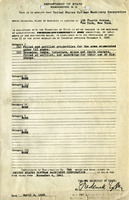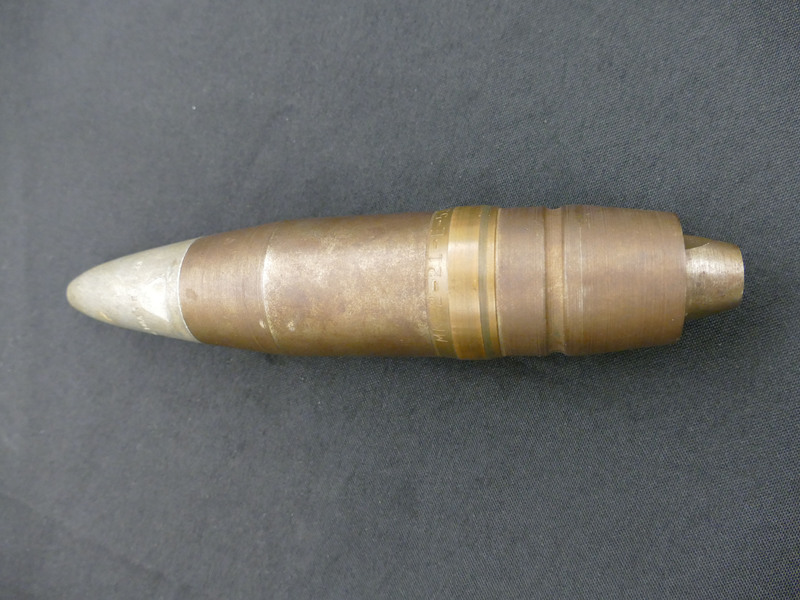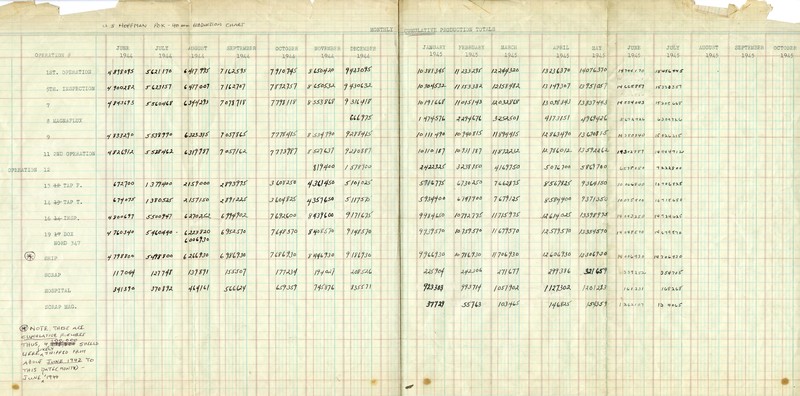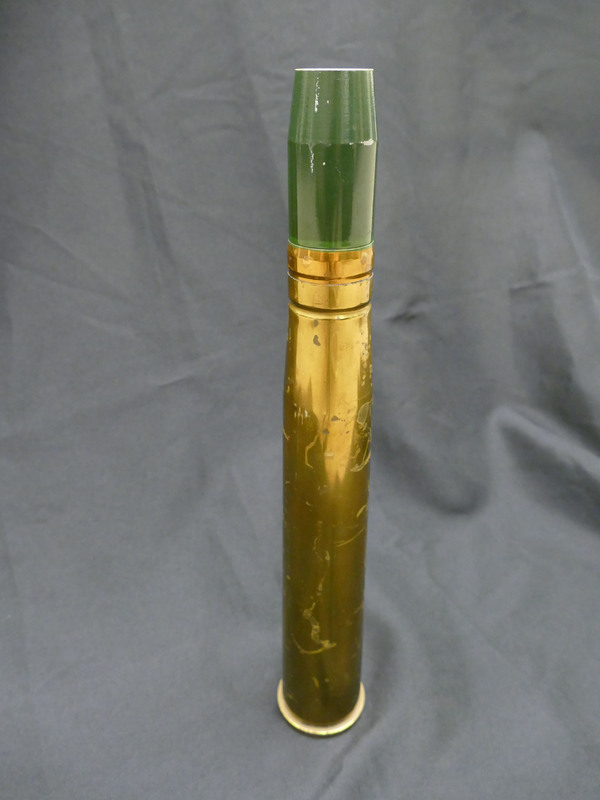Wartime Production
Shortly after the start of WWII, the Poughkeepsie Plant produced a number of mobile, truck mounted laundries that could be placed in rear areas of combat zones for use by the Quartermaster Corps. But, this was quickly dropped, as the Plant was converted to desperately needed munitions production, namely, 40 mm anti-aircraft shells – more specifically, the projectiles for those shells.
The shells were fired from what is known as a 40mm BOFORS Medium AA Gun, often using a twin, or even, a quad muzzle mount. They were capable of automatically firing 120 rds/min and more, with a range of about 6 miles, reaching altitudes of 22,000 feet. Early use was during the Battle of Britain against enemy bombers over London, and then in the Pacific Theatre of Operations to protect naval vessels from enemy aircraft, Kamikaze attacks, and for destroying beachhead emplacements prior to US attacks on enemy held Pacific Islands.
U.S. Hoffman’s production of projectiles started about June 1942 and continued until August 1945. During this time the plant operated two shifts a day, sometimes, three, a “Victory Shift” on Sundays, composed of anyone who could work, including many professional people – lawyers, accountants, and teachers. In this way, almost 15 million projectiles were shipped in a little over three years.
U.S. Hoffman also had another presence in Poughkeepsie starting during WWII and ending about 1955, namely the production of 5” shells for Navy guns under a US Navy Contract. This plant was located on South Water Street, possibly using some refurbished facilities of the former Moline Plow Company which had been located in Poughkeepsie for many years before WWII.
Marist University | Marist Archives & Special Collections | Contact Us | Acknowledgements





